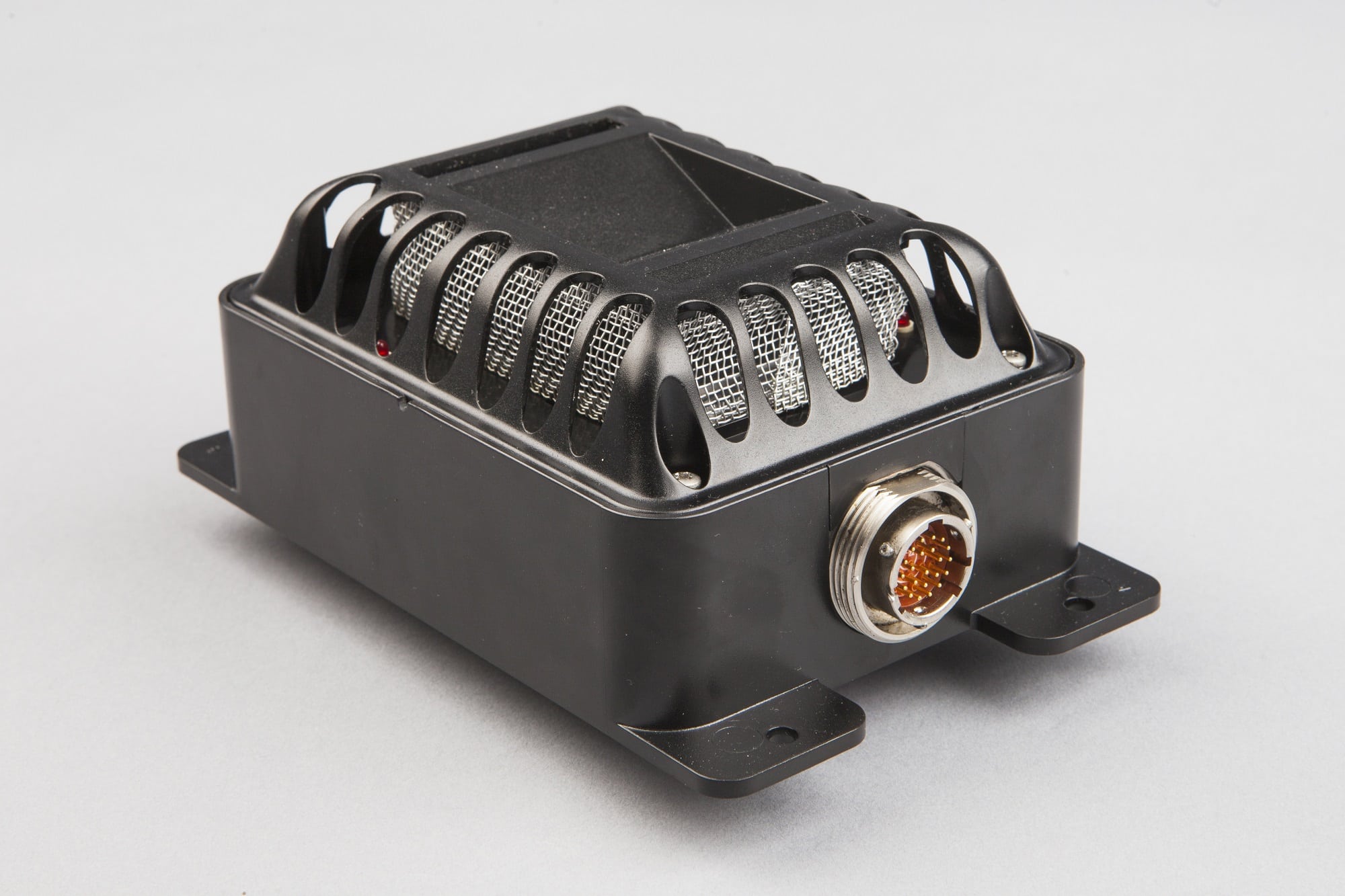The analyser system is arranged as two assemblies:
Remote control assembly: This is designed for mild environment locations.
It includes a PLC based control and conditioning assembly, a touch screen display and system switch panel.
Sample station assembly: This is designed for harsh post-accident conditions.
Components within the local sample station are limited to only those required to extract, measure and return sample to containment. Interconnect between the assemblies is electrical only. All signals are robust and low impedance requiring no special cabling beyond normal considerations for analogue signals.
For the INSITU system, the sensors and a local calibration gas supply are mounted on a bracket for installation in containment. (what does this mean?)
Packaging options are available including free-standing enclosures or re-use of existing free-standing enclosures.
Approved for safety categories 2 and 3 (Amended Rule 10CFR 50.44)






